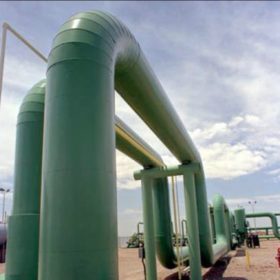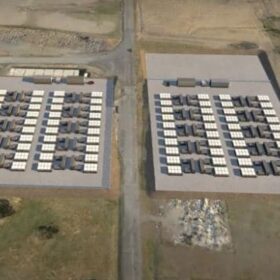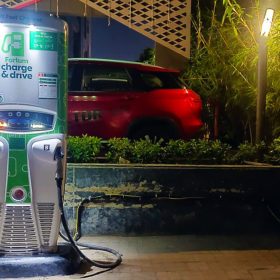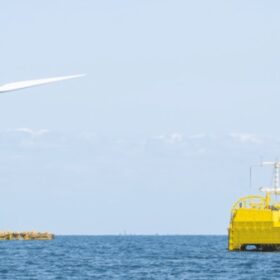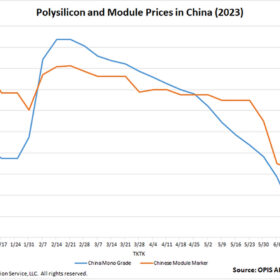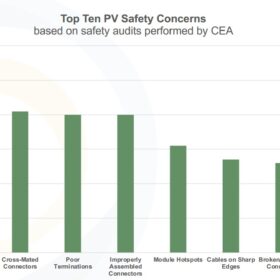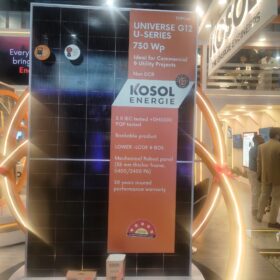Torrent starts blending green hydrogen in city gas distribution network
Torrent has started a pilot project to blend green hydrogen with natural gas in the city gas distribution (CGD) network of Gorakhpur, Uttar Pradesh.
Metallic-alloy coating improves hydrogen production
Oxford nanoSystems (OnS) has started working with electrolyzer manufacturers to test and scale up hydrogen production.
‘Renewables will eat itself,’ says Australian analyst
Over the next five to 15 years, batteries will undercut the business case for major transmission and interconnector projects. These assets will nonetheless likely be built, decreasing price spreads and eating into the revenues of batteries, predicts analyst Warwick Johnston.
Delhi’s aggressive EV timelines may hit gig workers’ livelihood: IAMAI
The recently released Delhi motor vehicle aggregator and delivery service provider scheme envisages that aggregators and delivery service providers in Delhi will switch to an all-electric fleet by April 1, 2030.
Lhyfe launches world’s first offshore hydrogen project
Lhyfe has started producing offshore hydrogen via a pilot project in France, and Toyota and its partners have agreed to invest in hydrogen in Thailand. The Australian authorities, meanwhile, have approved a hydrogen project in Victoria.
Panasonic introduces new home battery
Panasonic’s EverVolt home battery supports DC and AC coupling for new and existing solar arrays.
Global sodium-ion battery market expected to reach $2.6 billion by 2028
The global sodium-ion battery market will grow at 16.2% annually to touch $2.6 billion by 2028. Major drivers include an increasing demand for these batteries as a lithium battery replacement for renewable energy storage and the growing trend towards low-speed electric cars.
China solar module prices keep diving
In a new weekly update for pv magazine, OPIS, a Dow Jones company, provides a quick look at the main price trends in the global PV industry.
‘Oversupply is a natural challenge to our industry,’ says Trina Solar official
Helena Li, president of Trina Solar’s global cell and module business, spoke to pv magazine at the recent SNEC trade show in Shanghai about the PV industry’s oversupply challenge. Li said the company is considering opening a factory in Europe and expressed optimism about future cost and price declines.
CEA identifies major safety concerns in 97% of audited rooftop PV systems
Clean Energy Associates (CEA) has performed a safety audit on more than 600 rooftop PV systems and has found that 97% of installations have major safety concerns. It says that 49% of sites have grounding issues, 47% have damaged modules, and 41% have cross-mated connectors.
